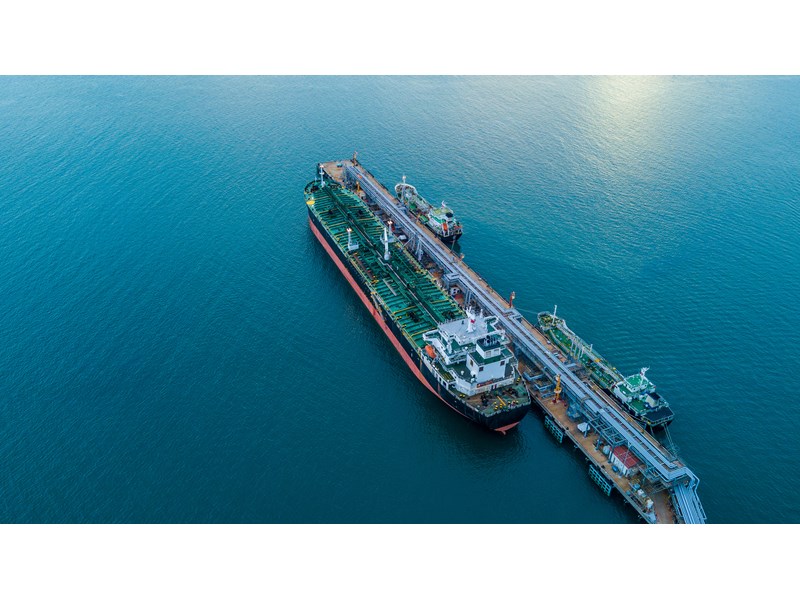LNG confronts its demons
Can the industry deliver projects on time and on budget?
1 minute read
Simon Flowers
Chairman, Chief Analyst and author of The Edge

Simon Flowers
Chairman, Chief Analyst and author of The Edge
Simon is our Chief Analyst; he provides thought leadership on the trends and innovations shaping the energy industry.
Latest articles by Simon
-
The Edge
Is net zero by 2050 at risk?
-
The Edge
Can emissions taxes decarbonise the LNG industry?
-
The Edge
Why the transition needs smart upstream taxes
-
The Edge
Can carbon offsets deliver for oil and gas companies?
-
Featured
Wood Mackenzie 2023 Research Excellence Awards
-
The Edge
Nuclear’s massive net zero growth opportunity
The world needs more LNG. Gas is a low carbon-intensive fuel and LNG can help to meet rising demand for energy in markets detached from the resource. But LNG has also been synonymous with poor project management. Several giant LNG developments earlier this decade suffered from runaway costs and delivery slippage. Investors still bear the scars, visible today in diluted returns.
The problem projects typically shared similar characteristics – complexity in design and scope, and developed in high-cost, often remote, locations. These challenges were magnified in places like Australia, where limited labour availability, and multiple projects, led to spiralling inflation. Environmental requirements and government bureaucracy stalled the process and further added to costs.
The industry is gearing up again, literally, for another giant investment phase. This new cycle will see US$215 billion spent between 2019 and 2025 on greenfield and brownfield projects, backfill and finishing construction on those already underway. In total, these projects will bring another 182 mmtpa to market, adding 50% to global supply. Annual capital spend could touch US$70 billion in the early 2020s, up from the current low of under US$30 billion and only just shy of the 2013 peak.
You may also be interested in:
- The Edge: LNG investment needed through the downturn
- Change of course as FLNG players take second look at financials
- LNG primed for US$200bn capex boom
Has the industry learned its lessons?
The signs from the wave of projects now nearing completion are not entirely reassuring. Cameron, a US Gulf Coast project, produced first LNG last week, entering the commissioning phase a year behind schedule and with costs US$1.5 billion, or 23%, over budget. Freeport, also located on the US Gulf Coast, is over budget, too. Investors are shielded to a degree: the EPC contractors signed lump sum turnkey contracts and will shoulder the overrun. McDermott’s stock market value has fallen 60% in the last six months as the problems came to light. Other listed EPC shares have followed them down.
But there’s an argument that contractors bid far too low to win the business in a very lean market, and these examples shed little light on what comes next. Giles Farrer, Director, Global LNG, reckons there are four reasons why things will be better for LNG project delivery this time around.
1. Capital discipline is tempering the risk of cost inflation
Operators have kept investment across upstream on a tight rein, barely up on the 2016 lows. There are geographical hot spots, such as the Permian basin, and thematic ones – a surge in FIDs could push up development drilling costs for offshore projects, including deep water and LNG. But, generally, there’s no sense of a repeat of the upstream cost inflation that engulfed LNG projects a decade ago.
2. There’s much less concentration of projects in tight labour markets
Geographical diversity abounds, with big projects under development or planned in Canada, Mauritania/Senegal, Indonesia, Malaysia and Russia among other locations. The two giant projects, Qatar (32 mmtpa) and Mozambique (28 mmtpa), will rely on imported labour but still harbour some risks of local inflation – the latter also has remoteness to contend with. Inflation, too, could creep into the US Gulf should multiple projects in the ‘second wave’ kick off simultaneously.
3. Developers are trying to de-risk execution by modularising projects
What does that mean in practice? More project components constructed offsite and shipped on completion. By taking advantage of cheap labour at the fabrication yard rather than project site, costs can be controlled and savings delivered. Calcasieu Pass will build trains in Italy before shipping them to the US Gulf Coast; LNG Canada will use cheaper labour in Asia. But it doesn’t always work out. Ichthys (Australia), Snovhit (Norway) and Elba Island (US) are projects where modularised developments have run into challenges.
4. Lower raw material costs
The global economic slowdown underway should help subdue steel and other raw materials prices. These make up 5% to 10% of total project costs, but every little bit helps.
So, the LNG industry is set to confront the demons of the last cycle. One prize for success in delivering projects on time and on budget will be better and more resilient returns. Another will be confidence restored among stakeholders for investing in an oil and gas theme that is set for long-term growth.


